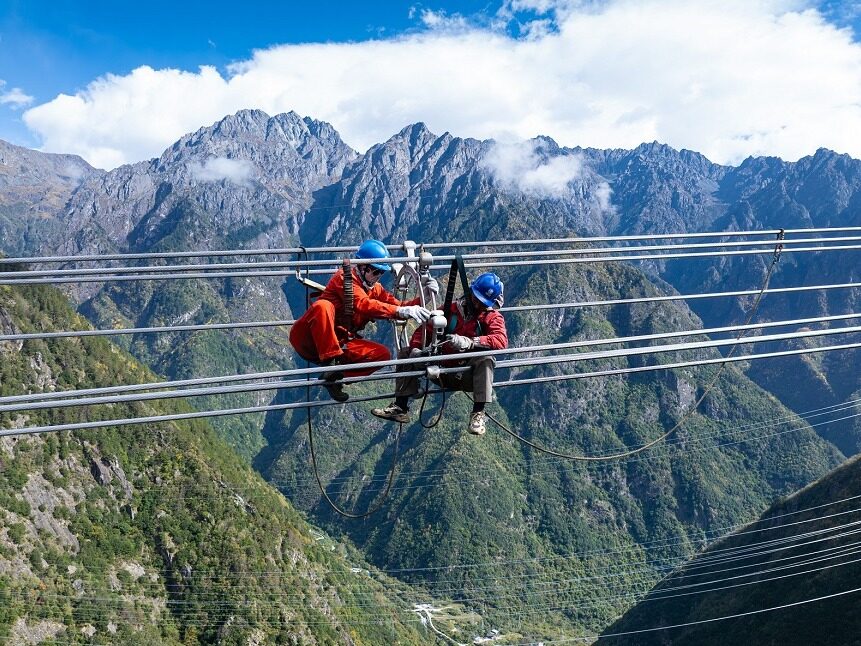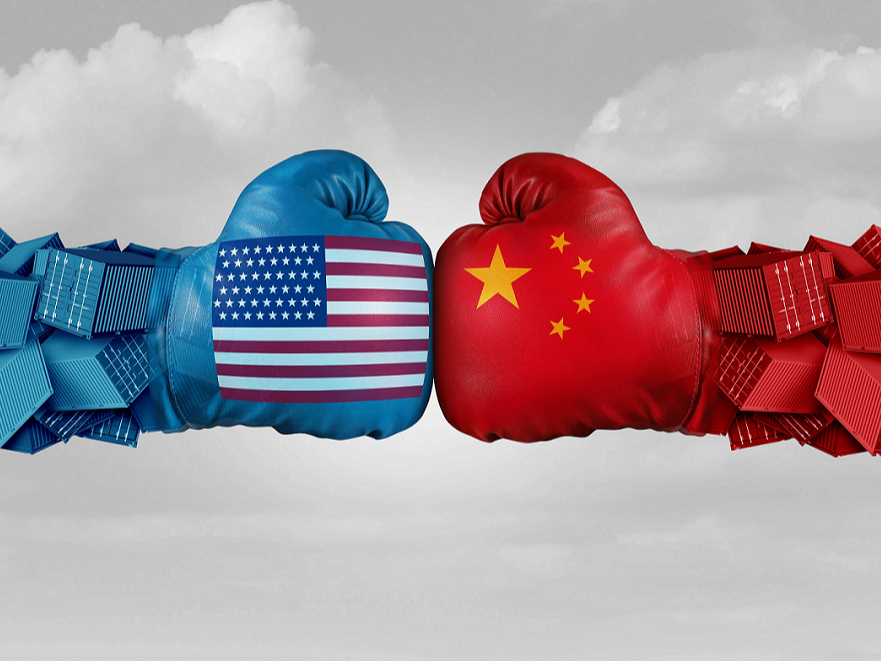- In the 13th century BC, China began to trade with the Western Region and beyond

The ancient Chinese Silk Road has experienced four stages.
The first stage, the ancient period before the 1st century BC
Around the 15th century BC, Chinese merchants had entered the edge of the Taklimakan Desert, purchased Hetian jade from the present Xinjiang region, and sold coastal products such as sea shells, and traded small-scale with Central Asia. In the 13th century BC, China began to conduct business with the Western Region and beyond.
The second stage, from the 1st century to the 7th century BC
After Zhang Yu’s departure from the Western Region, the Han Dynasty began to instigate control of the Western Region. In 60 BC, the Han Dynasty’s direct jurisdiction over the Western Region was established. With the establishment of officials in the Western Regions by the Han Dynasty, the Silk Road, the East-West exchange, began to enter an era of prosperity.
The third stage, the second prosperity from the 7th to the 12th century
During the Tang Dynasty, the Chinese government took advantage of the opportunity to break the Turks and control the Western countries. It also set up the four towns of Anxi as the Chinese government to control the Western Region. It opened the Silk Road branch of Tianshan North Road and opened the Western Line to Central Asia. During this period, the Eastern Roman Empire and Persia maintained relative stability, and this trade route once again ushered in a period of prosperity.
The fourth stage, after the 12th century
The Mongol Empire and its successor in China are very welcoming to these travelers from the West. The Yuan Dynasty rulers even appointed some foreigners, mainly Christians, to serve as local governors.
However, people who follow the Silk Road are mostly people who have a mission of religious belief and other cultural exchanges, and are no longer a merchant-led Silk Road. Editor / Zhao Jing
Comment
 Praise
Praise
 Collect
Collect
 Comment
Comment
 Search
Search














Write something~